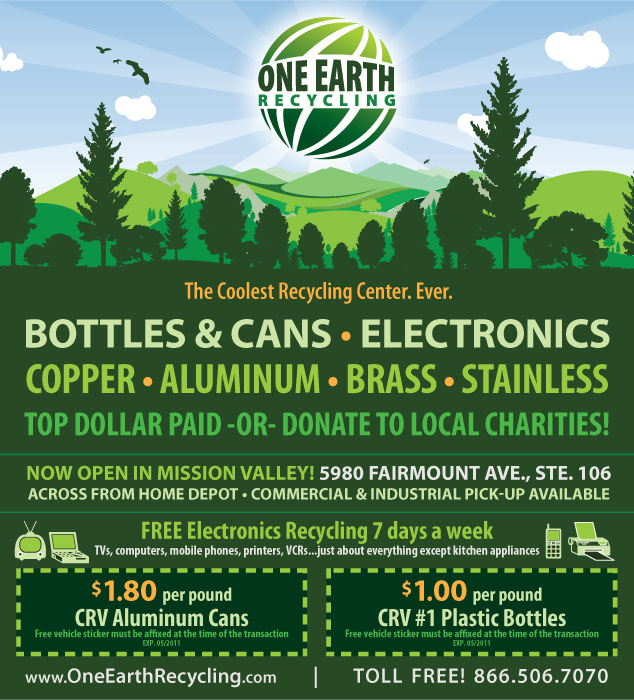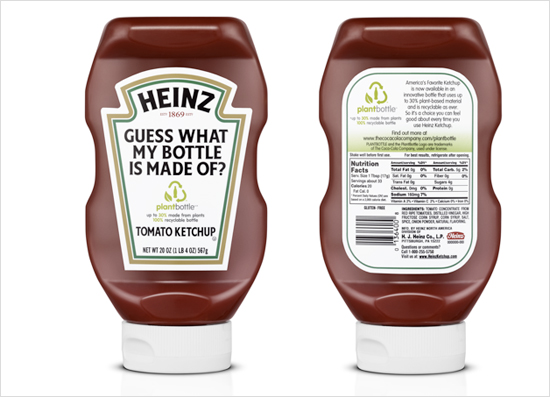Pepsi vs. Coke Continues with 100% Bio-based Bottle
 By Bart King
By Bart King
Share32
March 15, 2011 – The Coke vs. Pepsi rivalry moved into the environmental arena today, as PepsiCo unveiled its response to Coca-Cola’s much-heralded PlantBottle.
Pepsi said its new “green” bottle is the world’s first PET plastic bottle made entirely from plant-based, fully renewable resources. The bottle, which will go into pilot production in 2012, is said to be 100% recyclable with petroleum-based PET.
Coke’s PlantBottle, which hit store shelves in 2009, contains up to 30% bio-based material.
Combining biological and chemical processes, Pepsi said it has identified methods to create a molecular structure that is identical to petroleum-based PET (polyethylene terephthalate), which results in a bottle that looks and feels the same as existing PET beverage containers.
The bottle is made from bio-based raw materials, including switch grass, pine bark and corn husks. Pepsi said it will allow the company to significantly reduce its carbon footprint.
In the future, the company said it expects to broaden the renewable sources to include orange peels, potato peels, oat hulls and other agricultural byproducts from its foods business.
“PepsiCo is in a unique position, as one of the world’s largest food and beverage businesses, to ultimately source agricultural byproducts from our foods business to manufacture a more environmentally-preferable bottle for our beverages business–a sustainable business model that we believe brings to life the essence of Performance with Purpose,” said PepsiCo Chairman and CEO, Indra Nooyi.
Pepsi will pilot production of the new bottle in 2012. Upon successful completion of the pilot, the company intends to move directly to full-scale commercialization.
“By reducing reliance on petroleum-based materials and using its own agricultural scraps as feedstock for new bottles, this advancement should deliver a double win for the environment and PepsiCo,” said Conrad Mackerron, Senior Program Director of As You Sow, a San Francisco-based foundation, which promotes corporate social responsibility through shareholder engagement.
 By
By 
